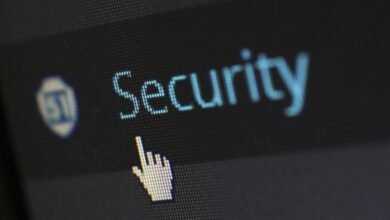Imagine receiving a call from a number you don’t recognize, only to find out later it was a fraudulent attempt to access your personal information. The Global Caller Verification Research Alliance addresses such concerns by implementing robust verification protocols. By leveraging advanced technologies like biometric verification, the alliance seeks to enhance caller authenticity. But how exactly do these methodologies reshape our trust in communication, and what implications might they hold for the future of secure interactions?
Objectives of the Global Caller Verification Research Alliance
The Global Caller Verification Research Alliance aims to enhance the integrity of telecommunications by establishing standardized protocols for caller verification.
By focusing on caller identity, the Alliance seeks to eliminate fraud and bolster communication transparency.
You’ll find that these objectives empower users to trust the calls they receive, fostering a safer environment where genuine communication can thrive without fear of deception or interference.
Methodologies Employed in Caller Verification
While various methodologies exist for caller verification, the most effective approaches combine technology and regulatory frameworks to ensure robust identity confirmation.
You’ll find that verification techniques such as multi-factor authentication and call-back processes enhance caller identity assurance.
Incorporating real-time data analysis and cross-referencing databases also bolsters trust, allowing individuals and organizations to engage freely and confidently in their communications.
The Role of Technology in Enhancing Caller Authenticity
Advanced technology plays a pivotal role in enhancing caller authenticity, significantly improving how identities are verified in real-time communications.
With technology advancements such as sophisticated caller identification systems and biometric verification, you can ensure that the person on the other end is who they claim to be.
These innovations empower users, creating a more secure environment for voice interactions.
Potential Impact on Communication Security and Trust
As technology continues to evolve, its potential impact on communication security and trust can’t be overstated.
You face significant trust issues without verified caller identity. Enhanced verification methods can bolster confidence in communications, reducing the risk of impersonation and fraud.
Ultimately, prioritizing caller authenticity fosters a secure environment, empowering you to engage freely and confidently in both personal and professional interactions.
Conclusion
In conclusion, the Global Caller Verification Research Alliance is poised to revolutionize telecommunications by establishing robust verification protocols. With studies showing that nearly 80% of consumers express distrust towards unidentified calls, implementing biometric verification and multi-factor authentication can significantly enhance user confidence. By leveraging advanced technologies and real-time data analysis, the Alliance addresses critical trust issues, ultimately fostering a secure communication landscape where individuals can engage without fear of fraud or deception.





